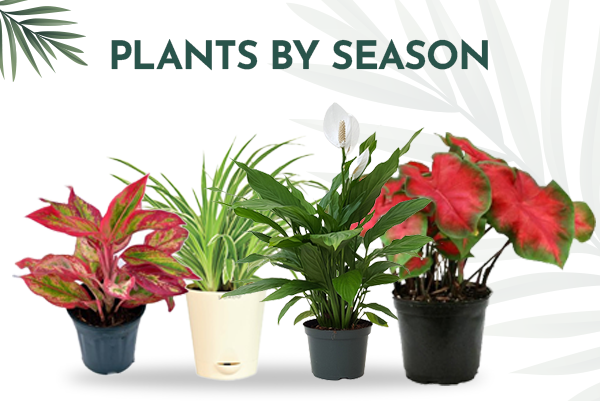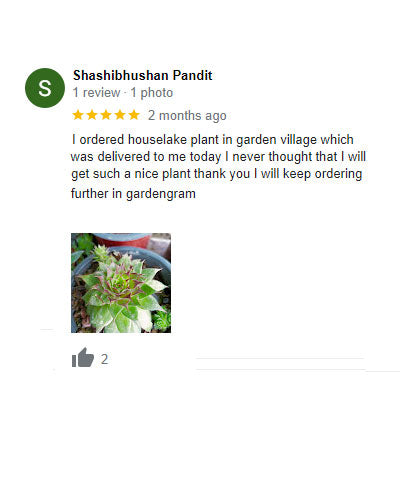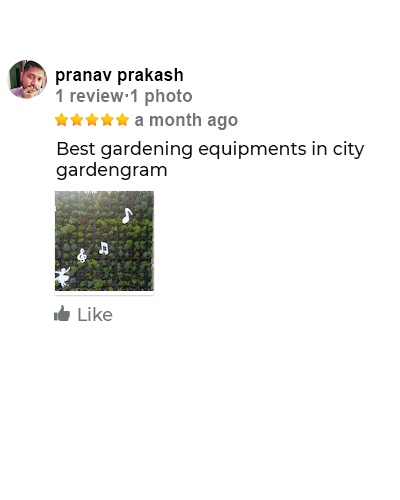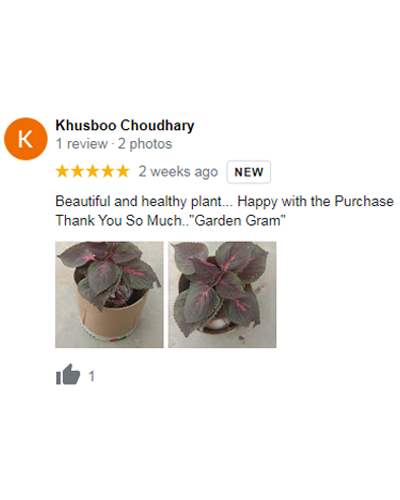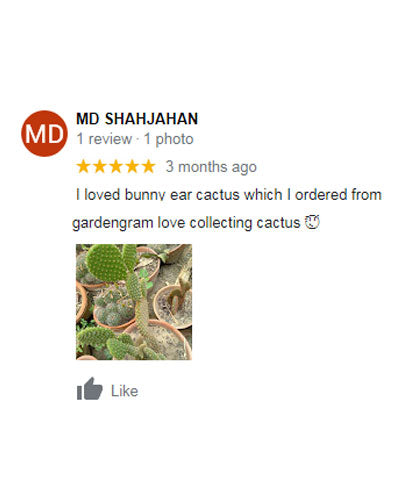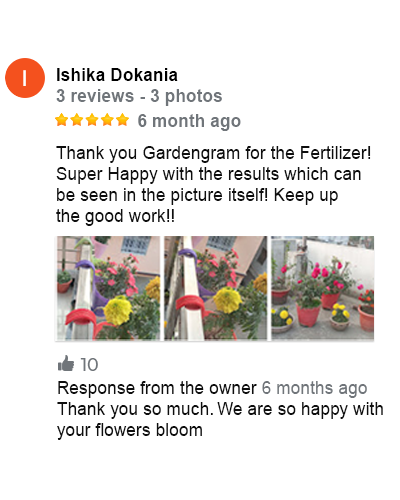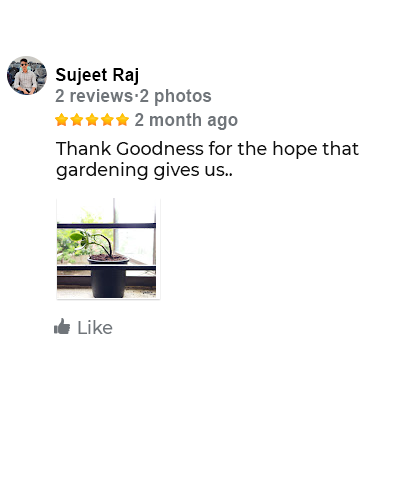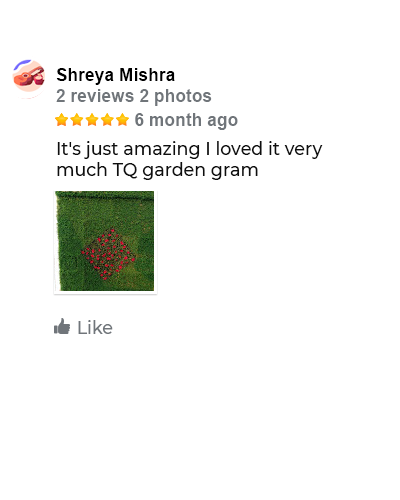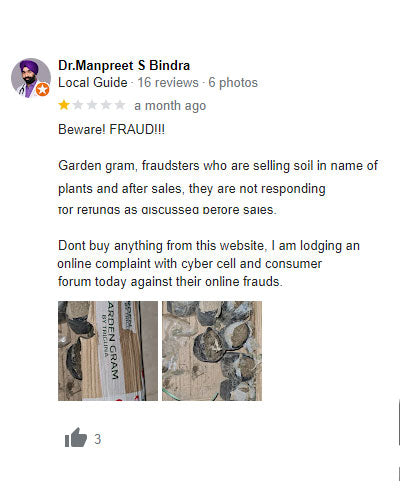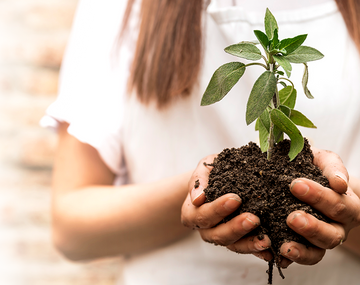Take Good Care of Peperomia - It's Really Easy to Take Care
We all like to decorate our homes with ornamental plants. And when we talk about ornamental plants there is absolutely no way that we can miss out the beauty peperomia from our list. And apart from this peperomia is an easy to grow plant which does not need a lot of care. So let’s dive into understanding care routine of peperomias and getting to know them better generally.
Grown for their foliage, peperomias are quite varied in their appearance. In general, they feature thick, fleshy leaves that store water. Sometimes, referred to as baby rubber plant, peperomia is a commonly grown, low-maintenance house plant. There are a lot of varieties of this plant and it ranges from different shapes to different colours. Their height can vary from 6 inches to 3 feet. An interesting fact about peperomias is that it can make for an excellent washroom plant because of their love for humidity.
When grown in containers, Peperomia need well-draining soil do better in small containers. We highly recommend the gardengram potting mix which is available on GardenGram. Let’s learn some important facts about the Peperomia plant’s care tips.
Placement: These are tropical plants which are kept outdoors generally but some of them can stay indoors. Remember they need indirect sunlight to survive. So, a good option can also include moving them outdoors for some duration in a week.
Sunlight: Keep the Peperomia away from direct sunlight as you might have understood from the previous section. Another point to keep in mind is that the growth of this plant is maximum in summer days. So do take heed.
Fertilize: It is a low maintenance plant. It would make sense to fertilize the soil only when its required. Gardengram has some good organic nutrition option for you to choose from. Grow N Glow fertiliser (Plant micro food) can be used to fertilise the plant every 15-20 days for good foliage. Gardengram Dr Health, an organic liquid fertiliser works very good to strengthen the root system of the plant.
Water Consumption: Since Peperomia plant can be categorised as succulents, it can be determines that water requirement of the plant is less and one should water it when the soil is completely dry.
Repotting: Repot Peperomias in spring, but plant them in small pots unless you are growing Peperomia as part of a container combination as they enjoy the root bound existence.
Problems faced with Peperomia
Peperomia requires less attention and care and is a pretty good option for the beginners in gardening but some common problems faced by the plant parents are:
1. Leaves Curling or Yellowing
Like in this picture below most of the time Peperomia leaves turn yellow or start curling, it means its getting too much water. Remove the yellow leaves and take care of your green babies watering schedule.
2. Deformed Leaves
Ring spot may be identified when you see deformed leaves. Pull off the deformed leaves, and see if the plant grows back healthy. If not, its best to toss the whole plant. The disease is spread in the whole plant and needs to be cured at the earliest.
More or less, you have the complete guide to watering schedule, proper placement, and sunlight requirement for this peperomia plant. We hope that this guide to peperomia helps you to have healthy and happy peperomias. For any related query, you can directly contact us through our website and get a consultation from the gardengram experts.
Happy gardening with gardengram.


